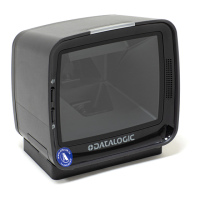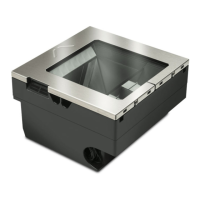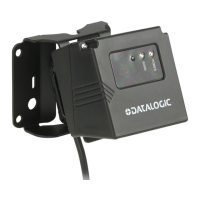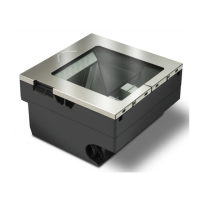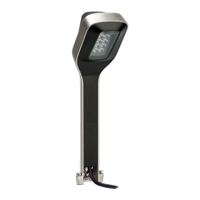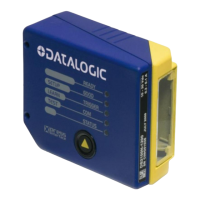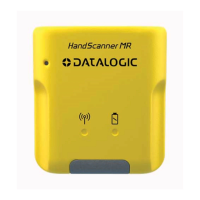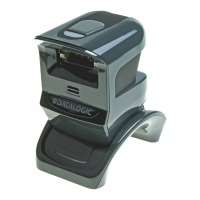Product Reference Guide
67
Scale Error Reporting
Scale diagnostics uses the optional Remote Scale Display and the Zero Status lamp to
communicate specific scale failures.
This does not apply to Adaptive Scale models.
The following chart shows the Remote Display messages, the Scale Status lamp indication,
the problem that the scale is experiencing and what action should be taken. When
troubleshooting, always remember to check all cable connections first before proceeding
with other problem isolation steps.
Remote
Disp
lay
Scale Status
LED
a
a. See , item #3.
E _1
Flash, pause, 1
bl
ink, long pause,
repeat sequence.
Too much motion at
po
wer-up.
Check for stable installation.
Ch
ange scale motion filter using
the labels found in the Program-
ming section; restart. If the prob-
lem persists, the scale may
r
equire calibration.
E__2
Flash, pause, 2
blinks
, long pause,
repeat sequence.
Calibration lost.
Call technical support personnel.
Re-calibrate; restart; recertify (if
required).
E__3
Flash, pause, 3
blinks
, long pause,
repeat sequence.
Scale communication
lost. Internal scanner/
scale problem.
Call technical support personnel;
re
port error.
E__4
Flash, pause, 4
blinks
, long pause,
repeat sequence.
Scale module failure.
Call technical support personnel;
re
port error.
E__5
Flash, pause, 5
blinks
, long pause,
repeat sequence.
Internal software fault.
Call technical support personnel;
re
port error.
Other Scale Reporting
- 0 - Off
Cannot zero at power-
up or
weight remains
on scale for more than 4
minutes or weight has
not returned to zero
between POS weight
requests
b
b. This is a configurable feature.
.
- Check debris chutes.
- Verify that the weigh platter
m
oves freely.
- Remove item(s) from scale
- Press Scale Zero Button
- for more information.
- If the scale still fails to zero, reca-
librate the scale.
Problem
Description
Action Required
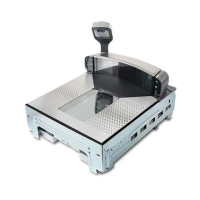
